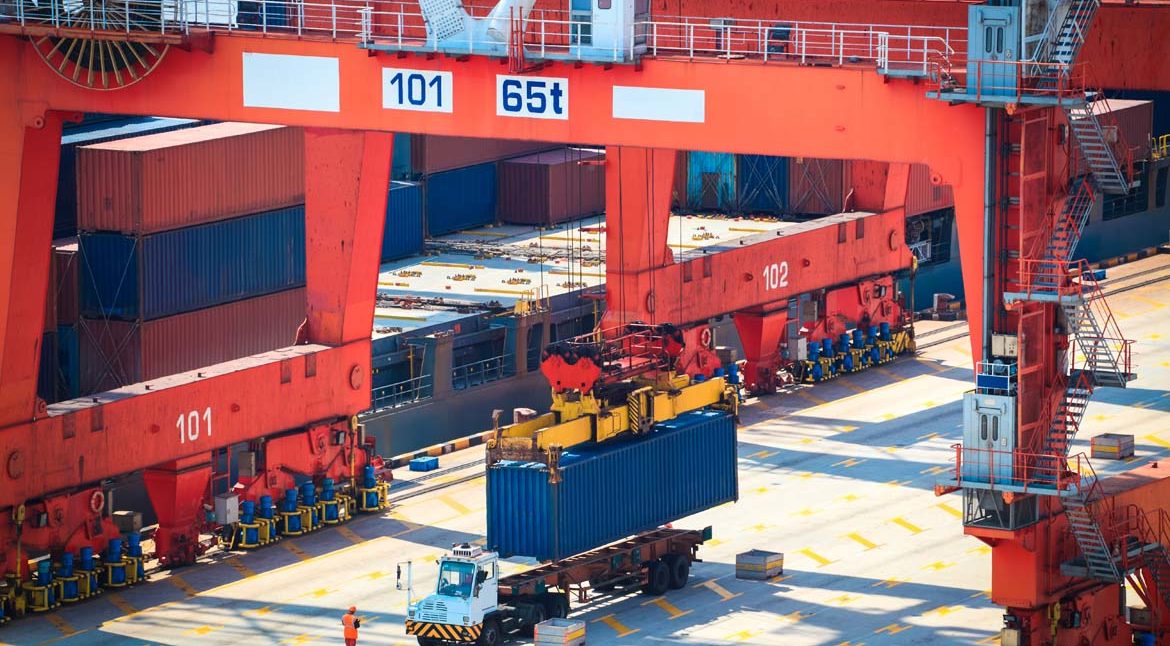In international ocean freight shipping, there are two options for transportation cargo: containers or breakbulk. The difference between both options is simply that break bulk refers to an individual or lose materials that are loaded, shipped and unloaded from the ship, and containers refer to a storage unit where all of the materials stay. 20 foot or 40-foot containers are available, as well as different containers such as flat rack, open top and refrigerated for temperature-sensitive shipments. The containers are usually stacked at the terminals and on the vessels. This makes the practice of transporting containers easier to ship because it is streamlined. Shippers can also receive ocean freight shipping quotes online for shipping containers.
The disadvantage with breakbulk begins with food shipments that need be refrigerated; containers are temperature controlled and not break bulk. Since the items with break bulk are loose, there is also the safety issue of having broken or stolen goods. A vast amount of personnel and resources must be utilized in order to make break bulk shipments work. That is why shipping by container has far surpassed breakbulk shipping. There is some hope for break bulk, however. Some products, like large machines, cannot go into containers and have to be transported as break bulk. Some ports are not modernized for containers yet and break bulk can be used there. In addition, there is also some confidence that the breakbulk industry will make a comeback this year. Contact your freight forwarder to discuss container shipping vs. break bulk.
Source: https://globalforwarding.com/blog/containers-vsbreakbulk


